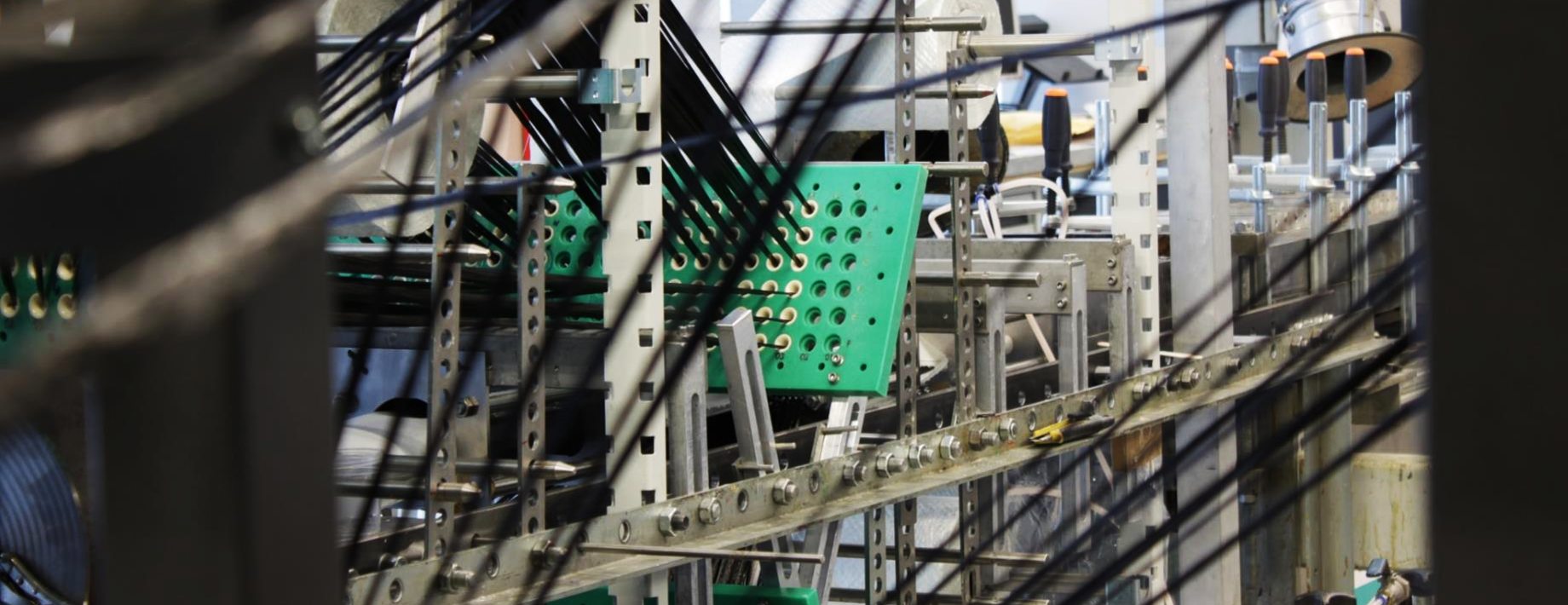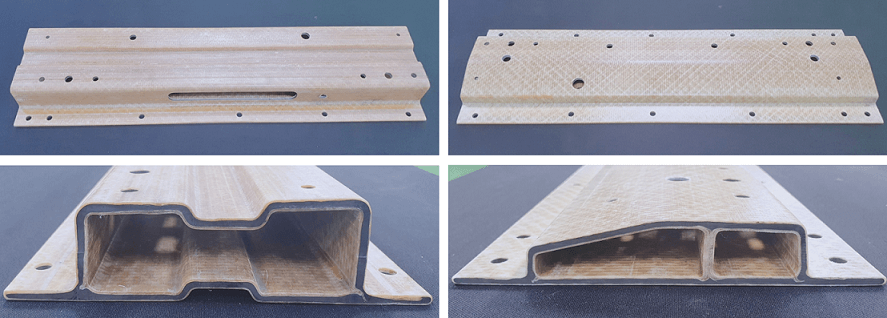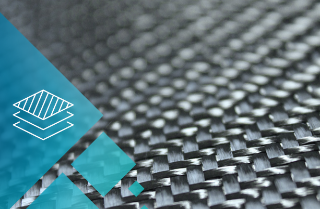From the Sketch to the Pilot Series
The starting point for the development project was a 2D sketch of a linear structural component to be installed in an e-vehicle at two different locations and functions. The pultrusion process had been selected as the manufacturing process. The load cases of the component were known as a further framework condition.





